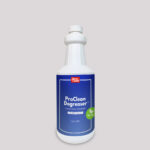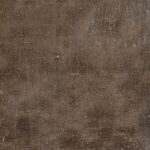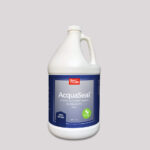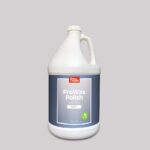Acid Staining New Concrete: DIY Tips and Tricks
By Kyle Wilkins
May 2021 – $250 Cash Winner
As the Operations Manager and Project Estimator at Valtex, LLC, I was thrilled to work on our new headquarters office. When considering flooring options, I realized that acid staining the concrete slab would be a cost-effective and stunning choice. In this blog, I will share my experience and tips for acid staining new concrete. And for those of you wondering, “Can you acid stain new concrete?” the answer is a resounding yes!
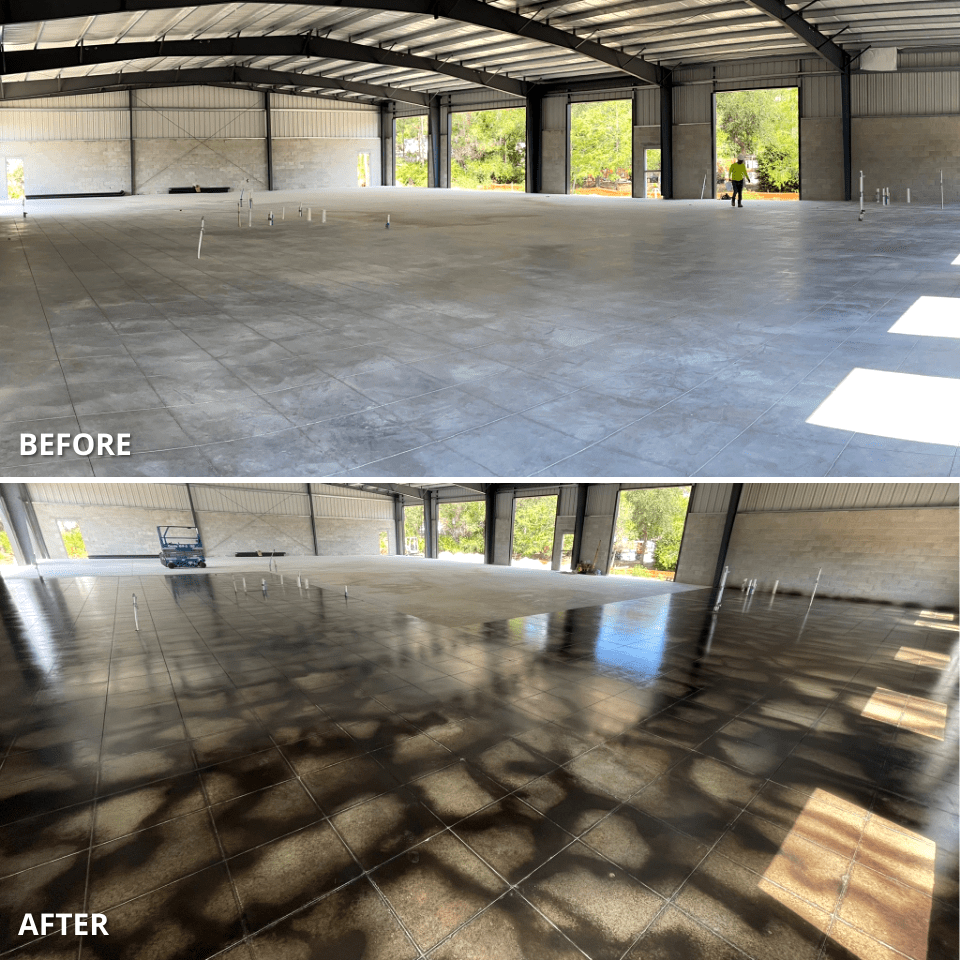
It’s important to note that concrete slabs should include less than 10% fly ash to ensure a good chemical reaction with the acid stain. If the concrete contains too much fly ash, it may be necessary to consider using a water-based stain such as ColorWave to achieve the desired marbled effect.
1. Preparation is key
Before starting the acid staining process, it is crucial to ensure that the concrete surface is clean and free of debris or contaminants.
For new concrete surfaces, it is necessary to allow at least 30 days of curing time to ensure that the surface is fully dry and hardened, allowing for optimal stain absorption and adhesion of the sealant. Also, remember that adequate surface preparation is crucial for a successful outcome.

Kyle’s Tips:
- Allocate sufficient time for your project
- Patience is essential; don’t rush the process
- Surface prep cannot be overemphasized
- Wear spiked shoes or cleats to avoid footprints
2. Choose and apply acid stain colors
When selecting colors, apply the lighter shade first, as it’s easier to layer darker colors on top. Use a pump-up sprayer to apply the base and accent colors. For a more in-depth explanation of the staining technique used in this project, check out our blog on the Concrete Veining Technique: How To Create A Vein Effect On Concrete With Acid Stain Colors.
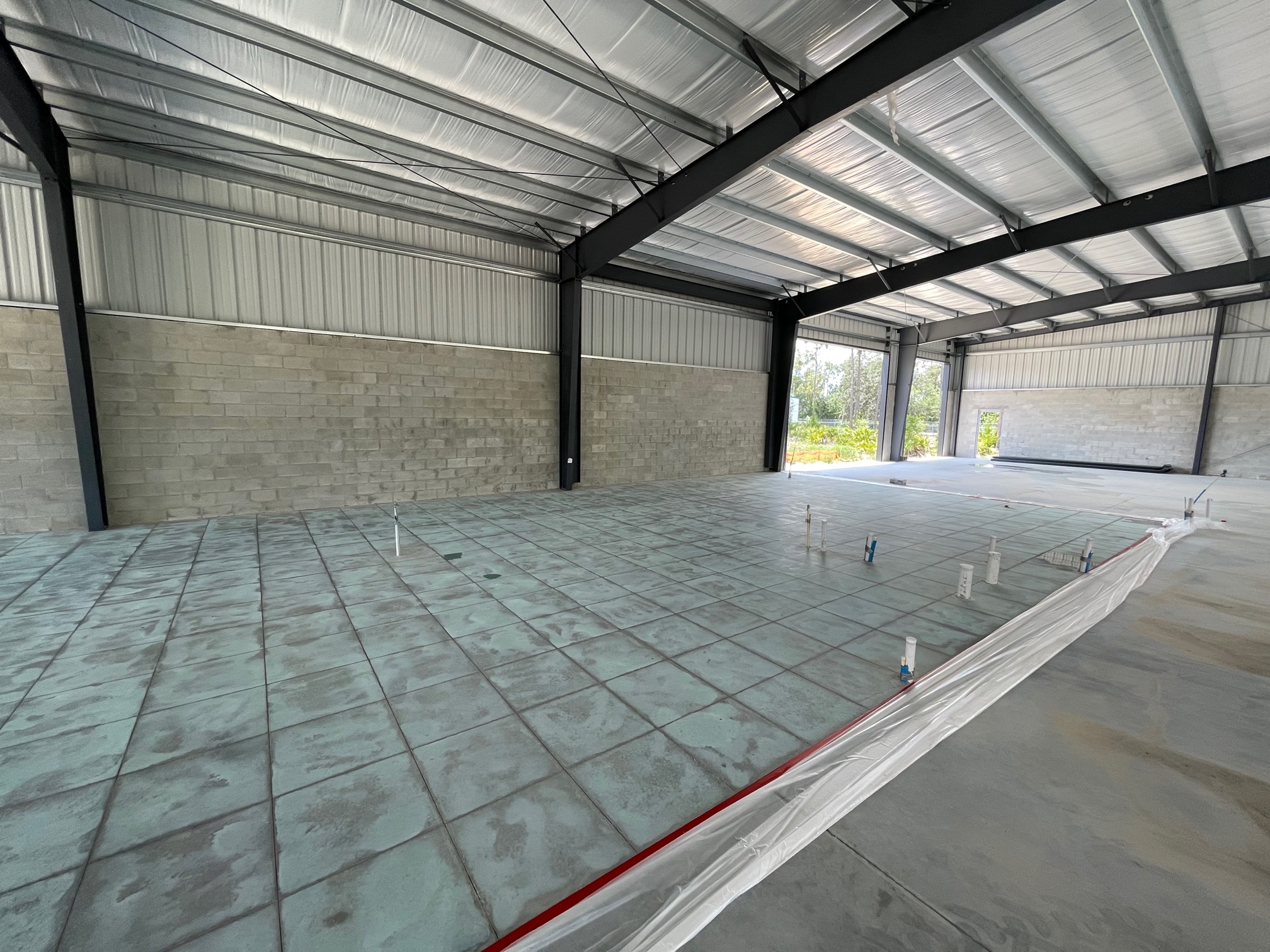
Kyle’s Tips:
- Test a small area to check the progress of color activation by applying water to the acid stain, which mimics the final sealed color
- Neutralize the acid stain with a suitable product like ProClean Neutralizer™ Concentrate
- Wear appropriate safety gear while working with acid stain
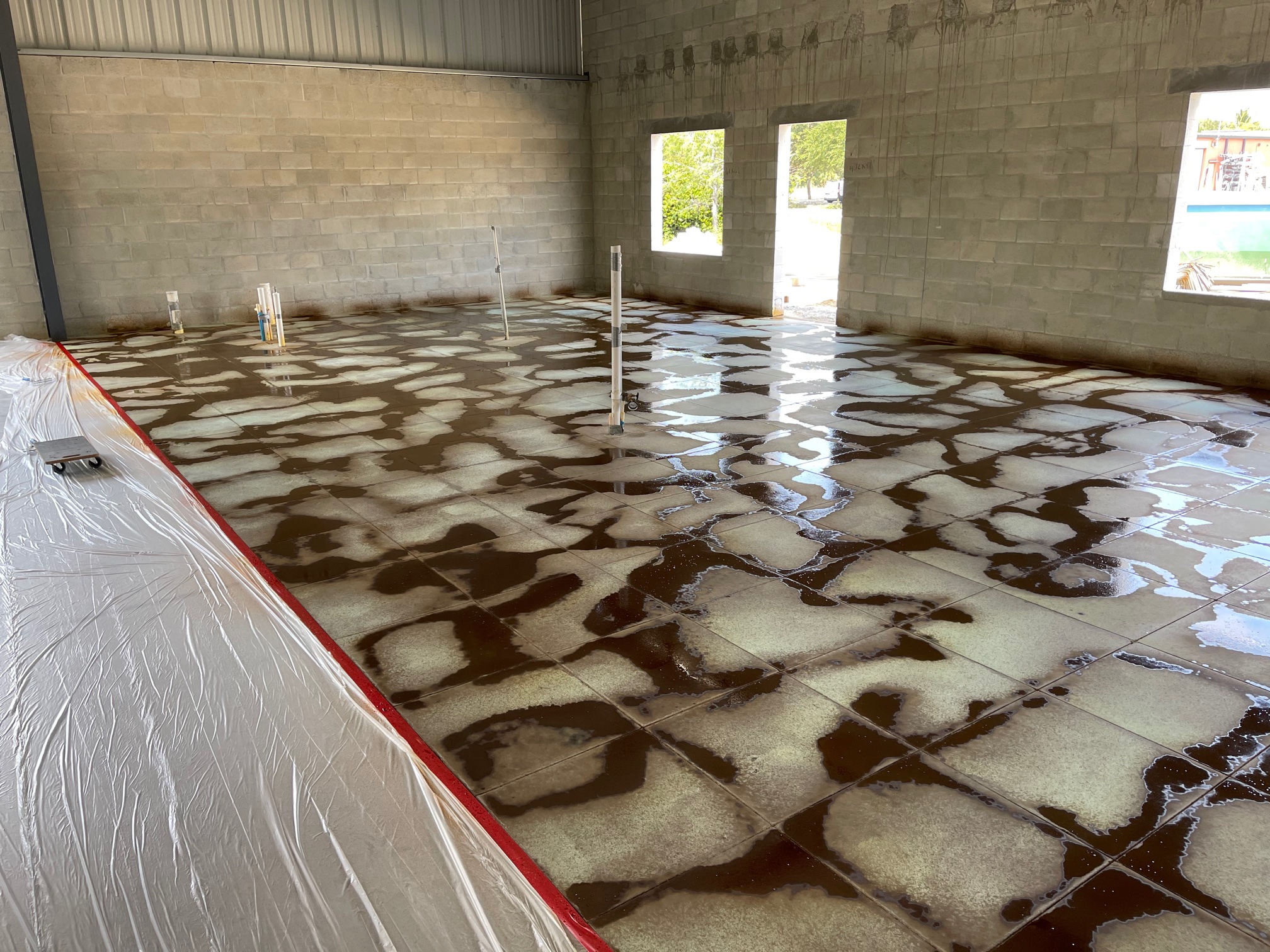
3. Neutralize and clean residue
After the staining process, neutralize the acid stain and clean the residue thoroughly. This step is essential to achieve a consistent and professional finish.
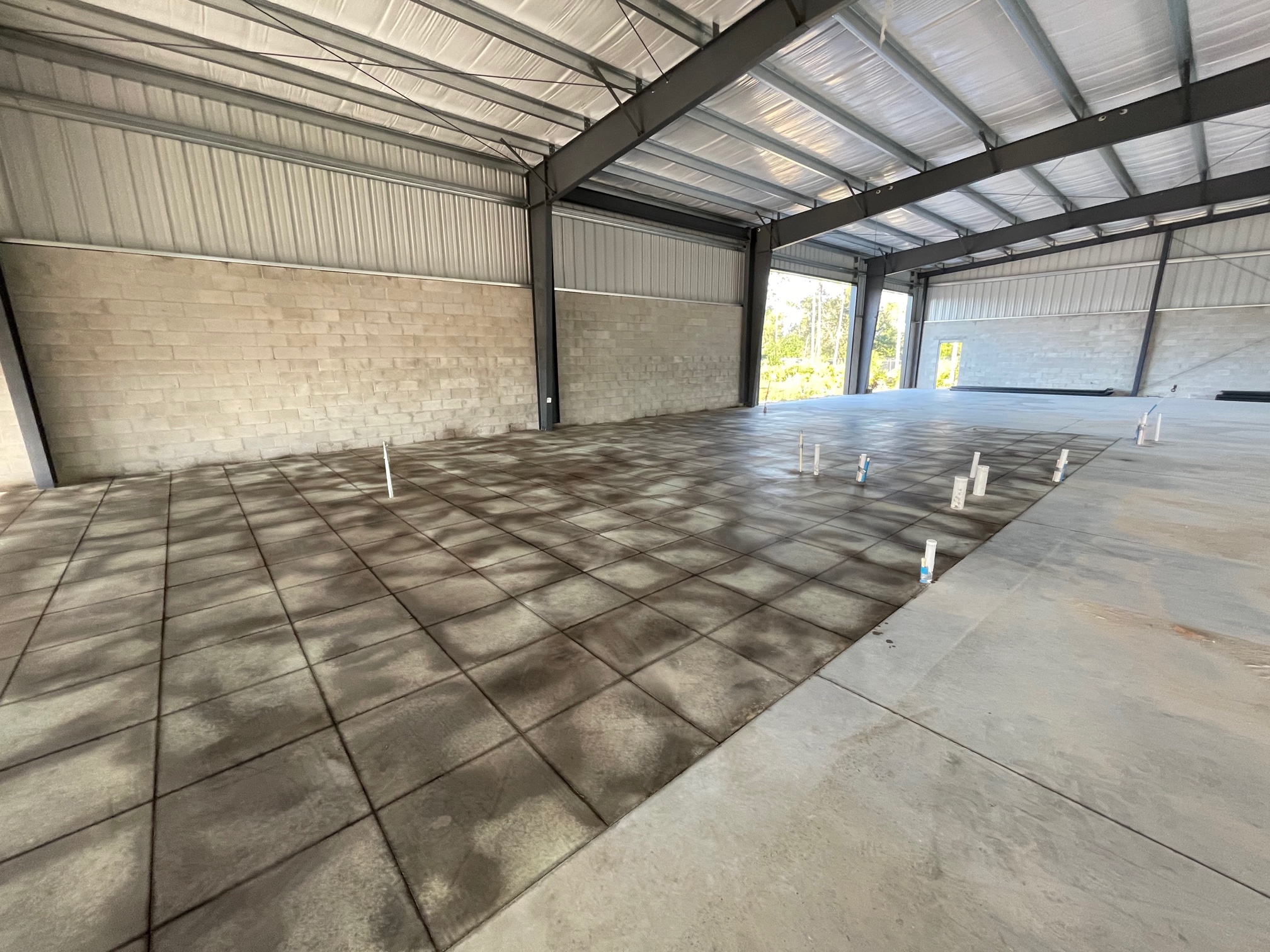
Kyle’s Tips:
- Use a soft nylon bristle brush for scrubbing
- Rinse with clean water until only clear water is visible
- Allow the surface to dry completely
4. Seal and polish the surface
Once the surface is dry, apply a sealant to protect and enhance the stained concrete. Apply two thin coats of the sealant, allowing each coat to dry for at least 8 hours before applying the next.
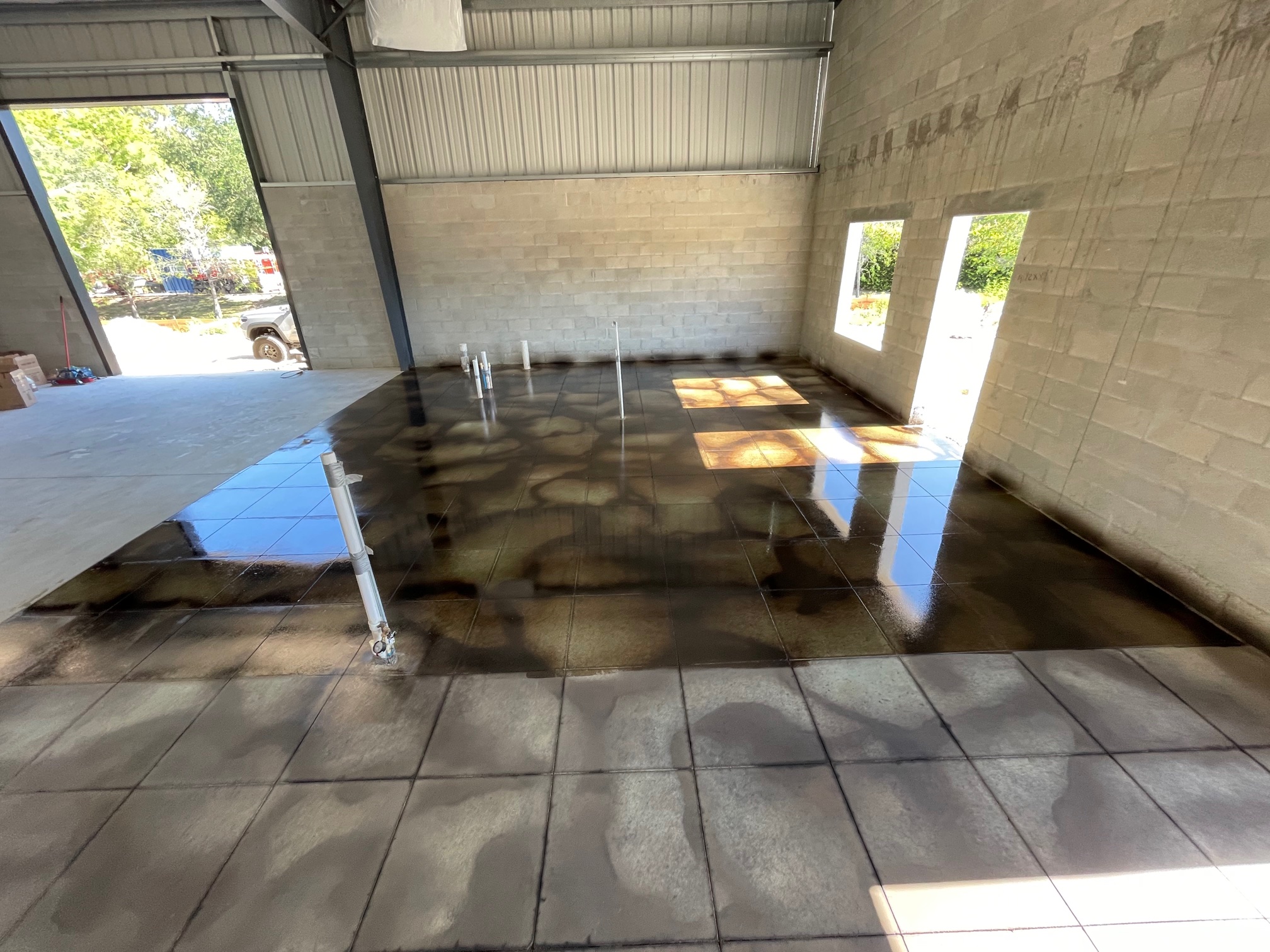
Kyle’s Tips:
- Apply thin, even coats of sealant, allowing ample drying time between coats
- Avoid walking over or touching tacky areas to prevent imperfections in the final result
- Apply two thin coats of ProWax Polish™ for a smooth finish
By following these tips and tricks, you too can transform a plain concrete slab into a beautiful, acid-stained masterpiece. Acid staining new concrete is not only possible but also a rewarding and cost-effective flooring option.

Looking to learn more about acid stained concrete floors? Check out our comprehensive guide on how to create stunning acid-stained concrete floors, from surface preparation to final sealant application. Read our blog on “Acid Stained Concrete Floors: How-To Guide” to take your DIY skills to the next level.





